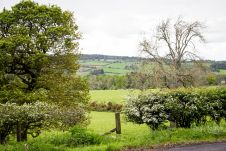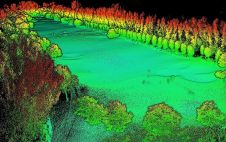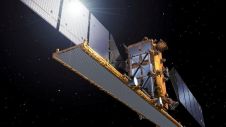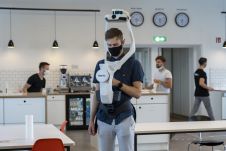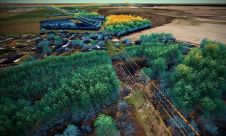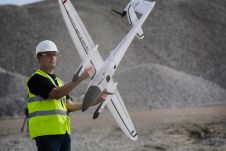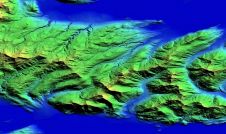Creating a 3D Contamination Map of Fukushima Nuclear Disaster Site
日本原子能局(JAEA)通过结合康普顿摄像头,辐射仪和卡塔模具2移动映射系统,成功地开发了一种方法来3D扫描和可视化2011 Fukushima核灾难的辐射数据。
The Fukushima disaster in 2011 was the worst nuclear accident since the Chernobyl accident in 1986. All three reactor units had core meltdowns resulting from loss of coolant and generator failure to run the pumps. There were breaches, hydrogen explosions and other incidents. Since then there have been ongoing efforts to decontaminate the three nuclear reactors located at the site. This decommissioning work is anticipated to last for decades.
Rapid creation of 3D radiation maps
停止工作,it is critical to understand radiation distribution to effectively reduce radiation exposure and decontaminate the area. Contaminated areas must be identified in three-dimensions to accurately understand the distribution. The main problem is that conventional methods such as radiation meters or gamma cameras provide only point or surface measurements. It is very difficult to understand pollution distribution in three dimensions from such discrete measurements due to measurement time required and low data density.
To solve this problem Japan Atomic Energy Agency (JAEA) developed a way to visualize contaminated areas and air dose rates by combining a Compton radiation camera and Kaarta Stencil 2, a three-dimensional portable mapping system. The system, called iRIS, enables rapid creation of 3D radiation maps. JAEA was able to acquire the date for visualizing the contamination distribution near the Unit 1/2 exhaust stack of the Fukushima Daiichi Nuclear Power Station as well as the dose rate distribution on the trajectory – the walking route – in a very short time, less than 5 minutes, without approaching the contaminated area.
通过这种方法,可以轻松地看到三维污染分布和剂量率分布。然后,可以模拟屏蔽和去污作用以降低剂量率。JAEA计划提供东京电力公司控股公司,公司(TEPCO)和其他公司提供此信息,以计划退役活动,并减少福岛工厂内退役工人的曝光率。188asia备用网址
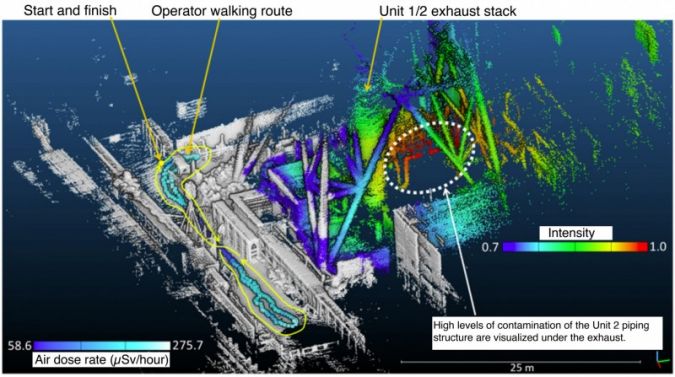
使您的收件箱更有趣。Add some geo.
Keep abreast of news, developments and technological advancement in the geomatics industry.
免费注册

